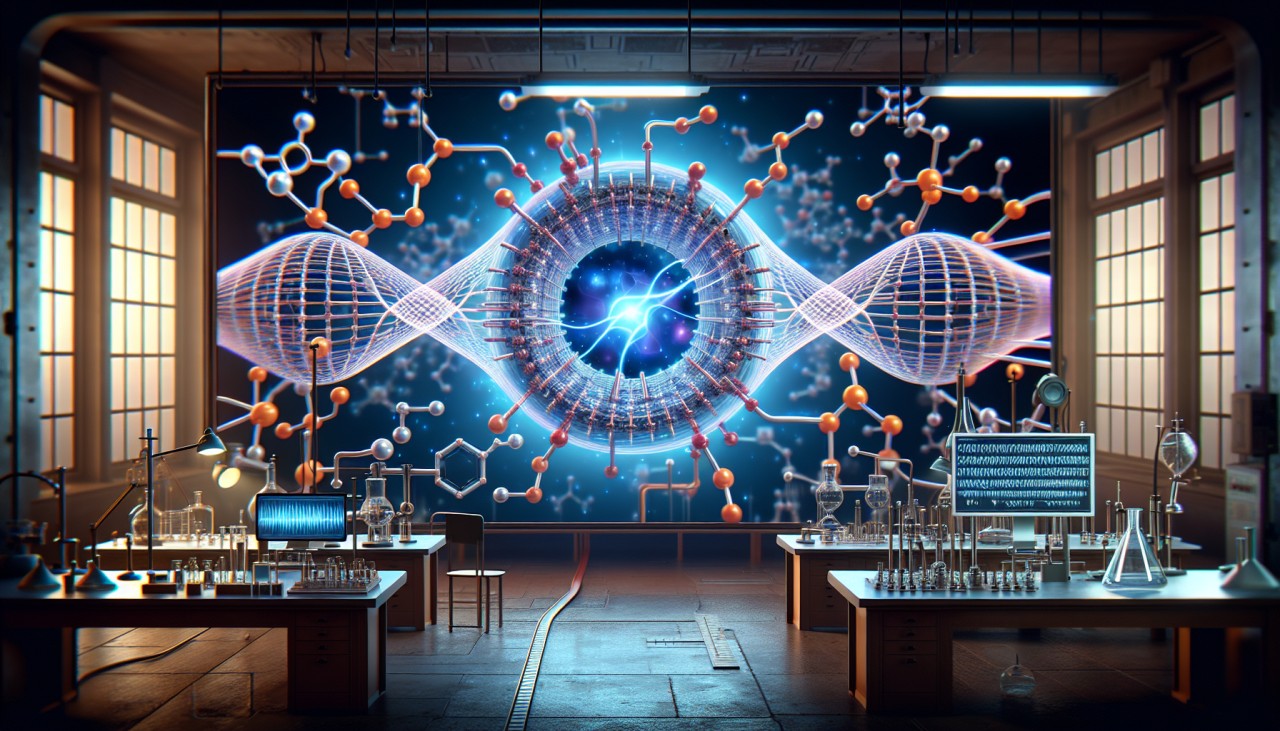In a groundbreaking achievement, scientists John Clarke, Michel Devoret, and John Martinis were awarded the 2025 Nobel Prize in Physics for their pioneering work on quantum tunneling in superconducting circuits. Their research, initiated in the mid-1980s, demonstrated that quantum mechanical properties could manifest on a macroscopic scale, challenging the traditional view that quantum effects were confined to the microscopic realm. By constructing superconducting electronic circuits, they showcased how electrons could tunnel through barriers, a phenomenon previously observed only at atomic scales. This discovery laid the foundation for the development of quantum technologies such as quantum cryptography, computers, and sensors, which are now integral to various applications in our daily lives. reuters.com
The implications of this research extend beyond theoretical physics, influencing the design and functionality of modern electronic devices. Quantum tunneling has been instrumental in the advancement of technologies like MRI machines, which rely on superconducting magnets to produce high-resolution images. Additionally, the principles derived from this work have contributed to the evolution of faster and more efficient computers, enhancing processing speeds and data storage capabilities. As we continue to harness the power of quantum mechanics, these innovations promise to drive further advancements in technology, leading to more secure communication systems and sophisticated computational methods. apnews.com
Key Takeaways
- Nobel Prize awarded for quantum tunneling research.
- Discovery bridges quantum mechanics and macroscopic applications.
- Advances in quantum cryptography, computing, and sensors.
- Enhances technologies like MRI machines and modern computers.
- Paves the way for future innovations in quantum technologies.
Example
The Nobel-winning research on quantum tunneling has directly impacted the development of MRI machines, which are crucial in medical diagnostics. By applying superconducting circuits that utilize quantum tunneling, MRI machines can produce high-resolution images, aiding in the early detection and treatment of various health conditions.
